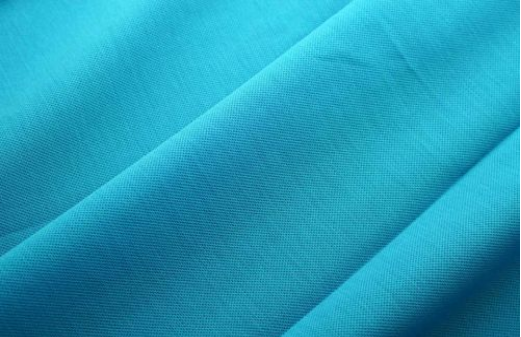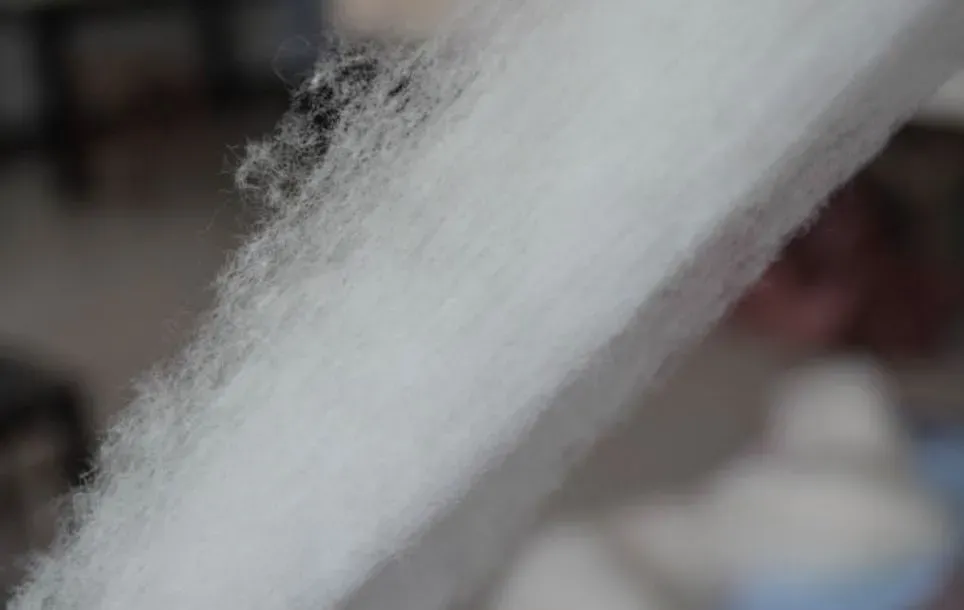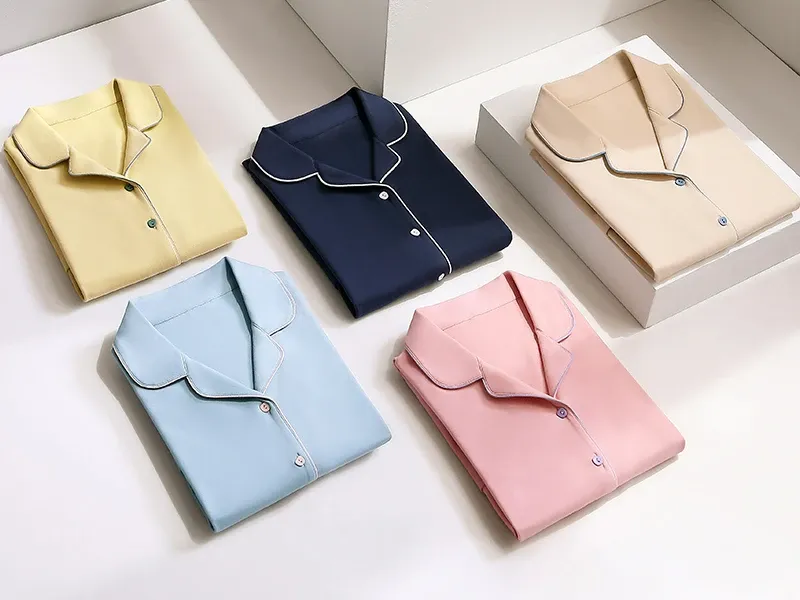Fashion trends of apparel fabrics are constantly changing with the times and consumers’ pursuit of fashion.
In 2023, we expect to see the following fabric trends.for pjsgarment.com
- 1.Sustainability and environmental awareness
- 2.Man-made fabrics
- 3.Lightweight fabrics
- 4.Loose and comfortable fabric
- 5.Handicraft and textile technology
1.Sustainability and environmental awareness
At this time, with the increasing global concern for environmental issues, sustainability and environmental protection have become important issues in all industries, and the apparel industry is no exception. In the coming years, we expect sustainability and environmental protection to be an important consideration in fabric selection. For example, sustainable natural fabrics such as organic cotton and hemp fibers will be more popular because they have less of an impact on the environment. In addition, many brands will also focus more on the life cycle of fabrics, seeking to recycle and reuse materials.

2.Man-made fabric
The use of synthetic fabrics has become increasingly common in the past few years and will continue to do so in the coming years. More and more brands will choose to use man-made fabrics due to their lower production costs as well as their higher sustainability. For example, Tencel, a man-made fabric made from plant fibers, is produced with virtually no chemicals and is therefore more environmentally friendly than other man-made fabrics.
Despite living on poor soil, a Eucalyptus tree grows extremely fast. The net yield per hectare of eucalyptus wood is very high. Much higher than that of cotton, for example. Also, the water consumption of the Eucalyptus tree is significantly less than cotton. A kilo of cotton requires 10,000 liters of water, while a kilo of Eucalyptus wood requires only 1000 – 2000 liters. This leads us to the conclusion that Tencel saves an enormous amount of water and energy and is quite sustainable. On top of that, tencel is a completely natural fiber, and completely biodegradable into compost.

3.Lightweight fabrics
In 2023, we expect lightweight fabrics to be a popular trend. These fabrics are usually made from high-tech materials such as microfiber, polyester and nylon. These materials are lightweight, soft and comfortable, making them ideal for making spring and summer garments. In addition, these fabrics have high elasticity and wrinkle resistance, making them ideal for travelers and business people who need to travel a lot.

4.Loose and comfortable fabric
In the coming years, we will also see more and more brands choosing loose and comfortable fabrics. These fabrics are often soft and offer more stretch and freedom, making them ideal for casual wear and sportswear. For example, wool and cotton fabrics are both very soft and comfortable, as well as ideal for loose fitting garments.


5.Handicraft and textile technology
In 2023, we will also see more and more brands start to focus on the use of handicraft and textile techniques. Crafts and textile techniques can add unique textures and details to garments, such as embroidery, dyeing and weaving. These techniques not only add beauty to a garment, but also add value and sustainability to it. For example, fabrics using natural dyes and hand weaving are more environmentally friendly than those using chemical dyes and machine-made fabrics, such as the hand-printed and dyed fabrics in China shown in the photo in the non-heritage culture, and the maintenance of fixed color fastness of the fabric. Therefore it is also more popular.

In summary, trends in apparel fabrics in the coming years will focus on sustainability and environmental protection, man-made fabrics, lightweight fabrics, loose and comfortable fabrics, handicrafts and textile technologies, emerging technical fabrics, multifunctional fabrics, innovative fabric structures, and wearable fabrics. These trends will push the apparel industry to be more environmentally friendly, more technological and more innovative direction, so that consumers have more choices and better experience in wearing.
pjsgarment
come from

